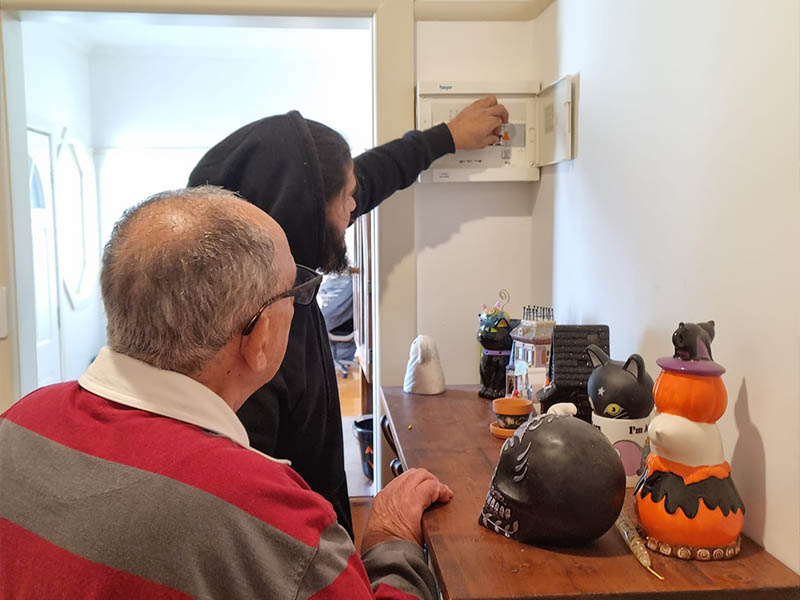
How do you find an electrical fault?
Electrical faults are an unavoidable aspect of the modern world. They occur when there is a problem with the flow of electricity through a circuit, causing it to malfunction or stop working altogether. These faults can happen in any type of electrical system, from small household appliances to large industrial machinery. These faults can cause inconvenience, damage and even put people’s lives at risk. Therefore, it is important to know how to identify and troubleshoot electrical faults.
Step 1: Identify the Problem
The first step in electrical fault finding is to identify the problem. This involves inspecting the system and gathering information about when and how the fault occurs. It is important to take note of any unusual sounds, smells or changes in performance.
Step 2: Safety First
Before attempting to fix an electrical fault, it is crucial to ensure your safety. Switch off the power supply and use appropriate personal protective equipment (PPE) such as insulated gloves, eyewear and footwear.
Step 3: Inspect the System
Once you have identified the problem and taken necessary safety precautions, it is time to inspect the system. Look for any obvious signs of damage or wear, such as burnt wires or loose connections. Check all components involved in the circuit.
Step 4: Use a Multimeter
A multimeter is a handy tool for electrical fault finding. It can measure voltage, current and resistance in a circuit. Use it to test each component and determine if they are functioning properly. This will help narrow down the source of the fault.
Step 5: Check for Short Circuits
Short circuits occur when a hot wire comes in contact with a neutral or ground wire, causing excess current flow. Use the multimeter to check for continuity between the hot and neutral/ground wires. If there is continuity, then there is a short circuit.
Step 6: Test Ground Resistance
Ground resistance refers to the measurement of how well an electrical system can dissipate fault currents to the ground. Use a grounding tester to ensure that your system has proper ground resistance, as this can prevent electrical faults from occurring.
Step 7: Check Circuit Breakers and Fuses
Circuit breakers and fuses are designed to protect the circuit by interrupting the flow of electricity when an overload or short circuit occurs. Check these components to make sure they are functioning properly and have not been tripped/blown.
Step 8: Seek Professional Help
If you are unable to identify or fix the electrical fault, it is important to seek professional help. An emergency electrician in Melbourne will have the knowledge and expertise to diagnose and repair complex electrical faults safely.
What Causes Electrical Faults?
Electrical faults can occur due to various reasons, such as faulty wiring, overloading, poor maintenance, and environmental factors like lightning strikes. It is important to regularly inspect and maintain electrical systems to prevent these faults from occurring.
Tips for Preventing Electrical Faults
- Regularly inspect and maintain electrical systems.
- Avoid overloading circuits by distributing power evenly.
- Use high-quality electrical components.
- Never attempt to fix an electrical fault without proper knowledge and safety precautions.
Conclusion
Electrical faults can be dangerous and disruptive, but by following these 8 steps, you can effectively identify and troubleshoot them. Remember to always prioritise safety and seek professional help if needed. Regular maintenance and prevention measures can also help reduce the occurrence of electrical faults during house rewiring in Melbourne.
So, it is important to be knowledgeable about proper electrical fault finding techniques. With the right tools and knowledge, you can ensure a safe and efficient electrical system in your home or workplace. Overall, understanding how to identify, troubleshoot and prevent electrical faults is crucial for ensuring the safety and functionality of any electrical system.

